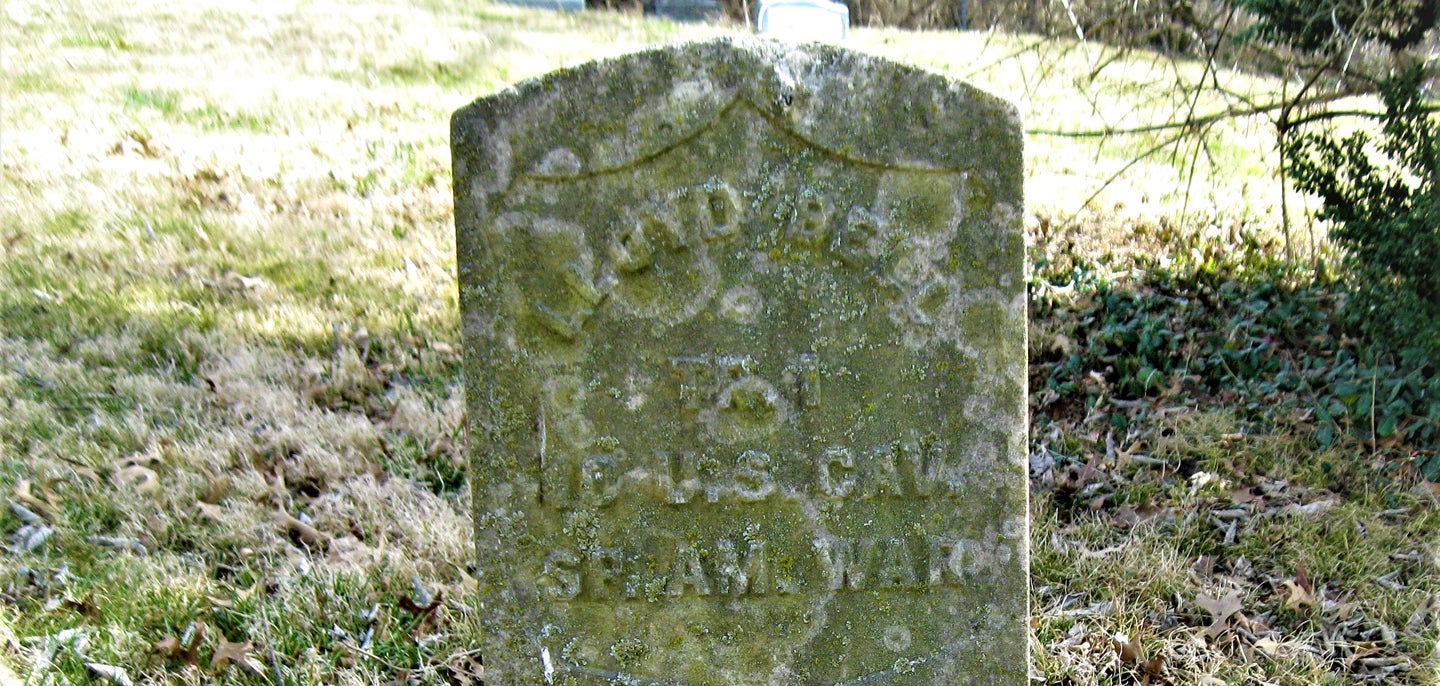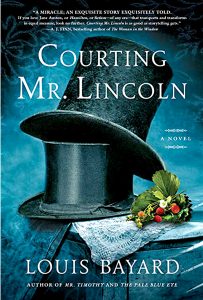
“Falling in love with Lincoln,” by Louis Bayard
We know Abraham Lincoln as the boy reading by lamplight, the Republican leader who defeated the Democrat Stephen A. Douglas in a Senate campaign, the Commander-in-Chief during the War Between the States and as our assassinated President. But we are not as familiar with the events leading to his marriage with the Lexington, Kentucky belle, Mary Todd.
Baynard in “Courting Mr. Lincoln,” writes about the spring of 1840 using two voices, that of Mary Todd and also that of Lincoln’s roommate, Joshua Speed of Louisville. Life in the United States is changing rapidly.
The population has increased about 30% over the last census. The Antartic is claimed for the United States and there begins a stream of settlers moving steadily westward. President William Henry Harrison has died of typhoid creating a constitutional crisis regarding the succession of Vice President John Tyler.
Joshua Speed attended college, but became ill before completing his course work. Nevertheless, his father declared that Joshua was ready to begin a career.
Determined to set his own course, Speed moved to Springfield, Illinois, where he became a partner in a general store. He attended one of Lincoln’s stump speeches and offered to share the apartment Speed had over the store. In early 1840, Speed learned that his father died and he planned to return to Louisville.
Before he leaves, he offered to help find a wife suitable for his moody friend.
Mary Todd had been sent to finishing school where she learned fluent French as well as social graces. She, like her family, was a Whig, knowledgeable and competent when speaking about politics.
She was sent to live with her sister in Springfield, Illinois, who was married to a son of a former governor in hopes that Mary can attract a similar match. She is quite taken with the handsome shopkeeper, Joshua Speed, but soon becomes interested in his roommate, Lincoln, who shares Mary’s passion for politics.
Speed warns Lincoln that Mary “will drain you dry.” Lincoln asks Speed, “Is it this girl you object to? Or is it any girl?”
“Courting Mr. Lincoln” reads like a charming Jane Austen novel. The details of the sitting rooms and muddy streets and Lincoln’s desire for proper sidewalks all bring to life the mid-19th century.
Lincoln’s concern for the disturbing political times of his country will be the seeds for many of his future decisions.
Bayard’s use of two voices moves the drama of this historical fiction and gives the story various perspectives.
Perhaps you, too, will fall in love with the awkward Kentuckian.
— Reviewed by Lizz Taylor Poor Richard’s Books
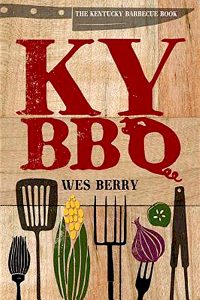
“Kentucky BBQ Book,” by Wes Berry
In “Kentucky BBQ Book,” Western Kentucky University professor and barbecue enthusiast Wes Berry travels the state searching out the best barbecue.
Originally intending to write a food travel guide, Berry soon discovered that the people he encountered along the way were what added the most “flavor” to his journey. The book begins with a glossary of barbecue terms and a brief history of Kentucky barbecue.
While other states may be more famous when it comes to this culinary fare, Kentucky makes its mark with mutton as well as the use of traditional cooking methods. Berry discusses old-fashioned pit barbecue versus the newer approach of gas-cooking meats along with the pros and cons of each.
Learn about regional barbecue styles, varieties of meat utilized and sauces. Readers travel alongside Berry as the book is arranged geographically (west to east). This is a must-read for not only barbecue fans but also every Kentuckian as a celebration of this time-honored (and tasty) part of our state’s history and culture.
— Reviewed by Diane Dehoney, Community Services Librarian, Paul Sawyier Public Library
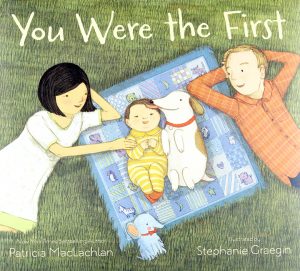
“You Were the First,” by Patricia MacLachlan
Today’s younger families are ever more mobile than the past and expected to move multiple times for a better job situation. With the school year wrapping up, this is prime moving time. I remember leaving my first home when I was only 8, followed by many more moves. It is especially difficult for young children who have developed a loving, secure situation and anticipate the anxiety of an unknown place and new friends.
Patricia MacLaughlan is an award-winning author known mainly for her novel “Sara, Plain and Tall.” Her writing is usually set in the prairie of the mid-west. After her first move away from home, she has carried a small bag of prairie dirt to remind her of the scent and feel of her first home. Papa says that what you know first stays with you forever. So the young girl gathers a few tokens of her life determined to remember everything she loves … what she knew first.
Most people eventually are required to re-locate. MacLaughlan’s inspiration suggests taking momentoes, the word that literally means “to remember.” This idea could help many children and families transition easier to a new home.
— Reviewed by Lizz Taylor, Poor Richard’s Books
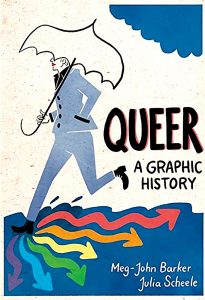
“Queer: A Graphic History,” by Meg-John Barker, illustrated by Julia Scheele
Activism. Marginalization. Intersectionality. These are just a few of the topics covered in this non-fiction graphic novel that serves as an excellent and well-rounded introduction to the topics of queer history, theory, and activism.
“Queer” unpacks the meaning of the word itself and its reclaiming by the LGBTQ+ community. Barker explores various gay rights movements as well as the lives of gay figures in history such as Oscar Wilde, Harry Hay and Phyllis Lyon.
The scope dives into the very nature of what sexual and gender identities mean, how they do and do not correlate and the fluid nature of both. Kentucky’s own bell hooks is brought up in the book as it was often black feminists who laid the groundwork for queer theory through concepts such as multiple identities and marginalization.
The ideas amounting to queer theory as its own philosophical entity and movement came to fruition in the 1970s and 1980s. Historical as well as modern phases of activism come up in discussion and continue the conversation of “what’s next?” for the queer community.
— Reviewed by Amy Mitchell, Circulation Manager, Paul Sawyier Public Library





